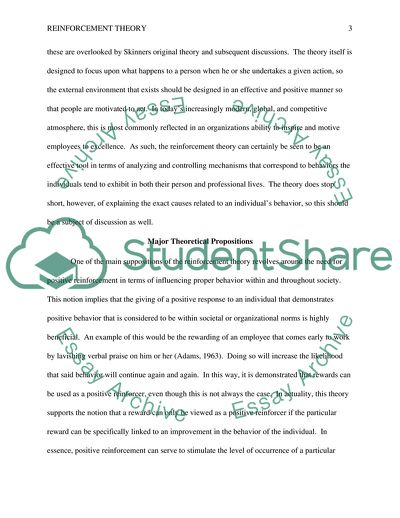Cite this document
(Reinforcement Theory and the Study of Human Behavior Research Proposal Example | Topics and Well Written Essays - 2750 words, n.d.)
Reinforcement Theory and the Study of Human Behavior Research Proposal Example | Topics and Well Written Essays - 2750 words. https://studentshare.org/psychology/1854954-reinforcement-theory
Reinforcement Theory and the Study of Human Behavior Research Proposal Example | Topics and Well Written Essays - 2750 words. https://studentshare.org/psychology/1854954-reinforcement-theory
(Reinforcement Theory and the Study of Human Behavior Research Proposal Example | Topics and Well Written Essays - 2750 Words)
Reinforcement Theory and the Study of Human Behavior Research Proposal Example | Topics and Well Written Essays - 2750 Words. https://studentshare.org/psychology/1854954-reinforcement-theory.
Reinforcement Theory and the Study of Human Behavior Research Proposal Example | Topics and Well Written Essays - 2750 Words. https://studentshare.org/psychology/1854954-reinforcement-theory.
“Reinforcement Theory and the Study of Human Behavior Research Proposal Example | Topics and Well Written Essays - 2750 Words”. https://studentshare.org/psychology/1854954-reinforcement-theory.


